In simple terms the eye is like a camera. Light enters the eye at the cornea which is the clear “window” of the eye. The cornea is the major part of the eye that focuses light onto the retina. A structure called the lens sits inside the eye, behind the iris, and completes the focusing of light, allowing a sharp image to appear on the retina. The retina turns the image into nerve signals which are passed by nerves to the brain.
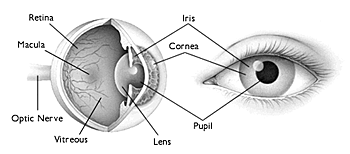
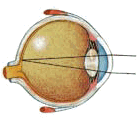
Normal Vision
In a normal eye light rays pass through the cornea and
lens, then focus on the retina in a precise way without
blurring or distortion.
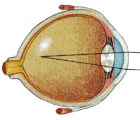
Short–sightedness (myopia)
A short-sighted eye is usually longer than normal.
Light rays focus in front of the retina rather than on the retina. Distant objects look blurred.
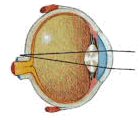
Long-sightedness (hypermetropia)
A long-sighted eye is usually shorter than normal.
Light rays focus behind or beyond the retina.
Close objects look blurred. (This is different to the
changes that occur in reading vision in later age – known as presbyopia, see below).
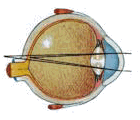
Astigmatism
Many people with myopia or hypermetropia also have
astigmatism. Caused by changes in the curvature of the cornea,
astigmatism distorts the light rays entering the eye and prevents
them from focusing clearly.
Presbyopia
Changes that occur in the lens from approximately 45 years of age reduce the range of near focusing ability of the eye. Close things become blurred and a need for reading glasses arises. This occurs to everyone, some earlier than others regardless of how good the distance vision is.
